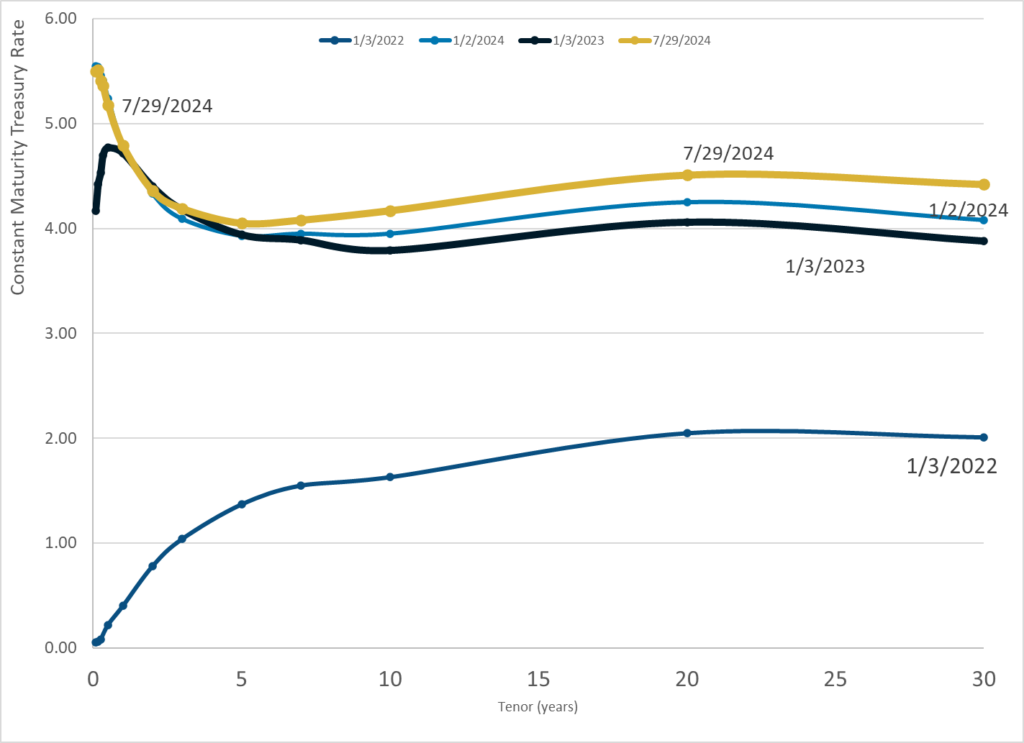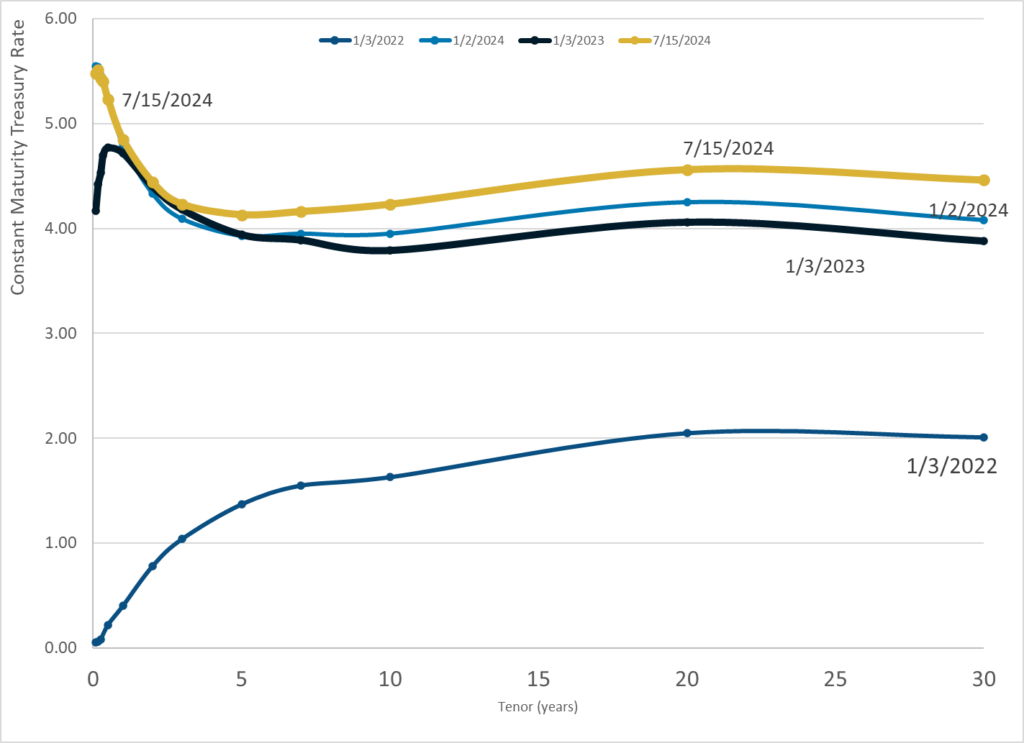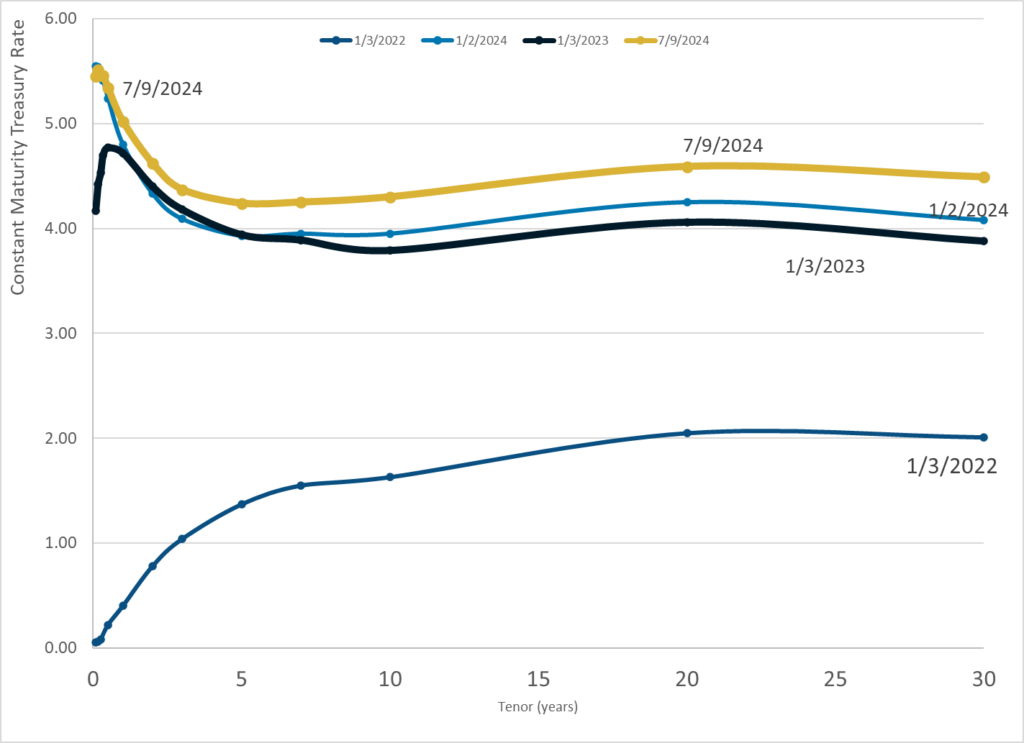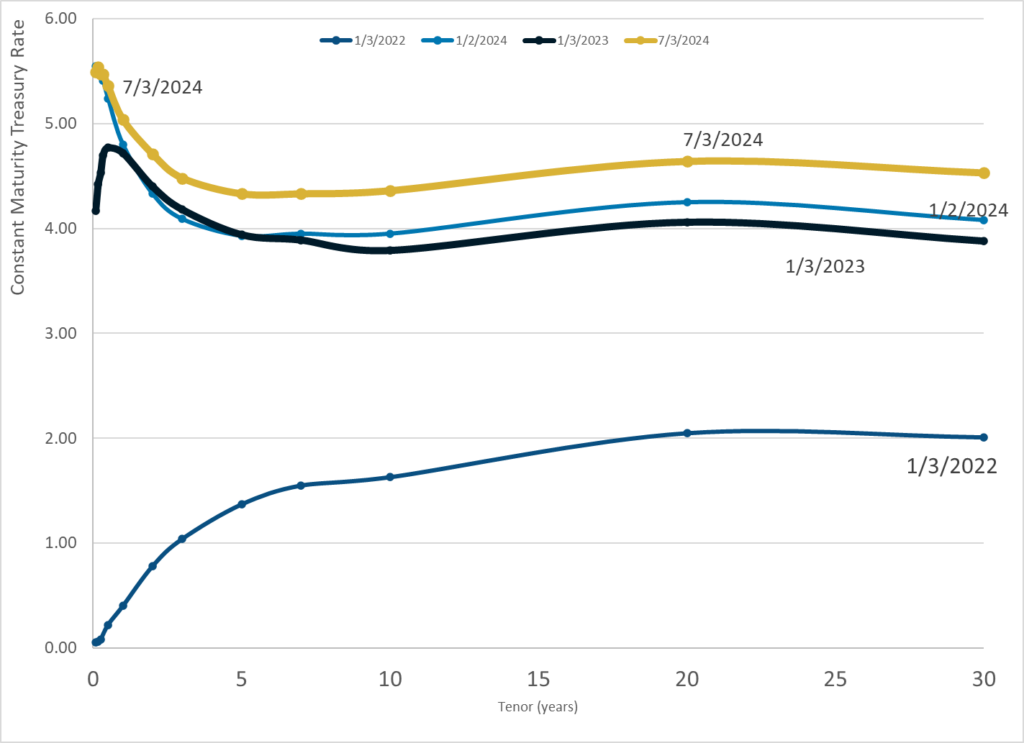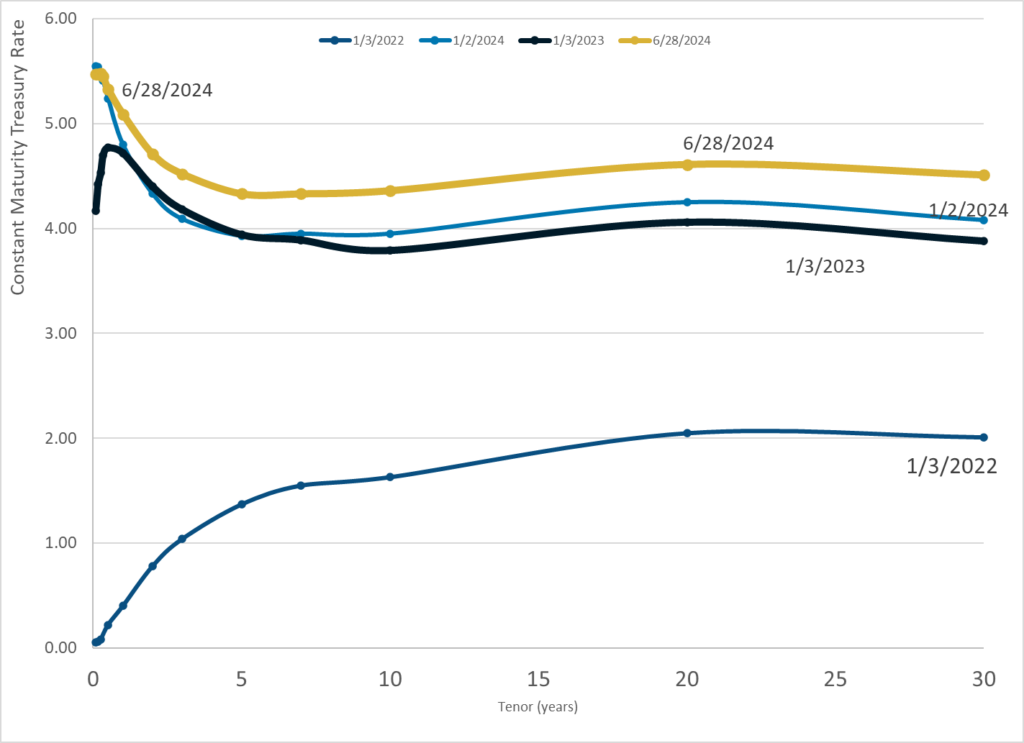Link: https://content.naic.org/sites/default/files/capital-markets-market-buzz-private-credit-plr.pdf
Graphic:

Excerpt:
The terms private credit and private letter ratings (PLRs) have unintentionally elicited some confusion
about their respective meanings. While there is no standardized definition, and the term may be used
differently by market participants, private credit generally refers to debt, or debt-like, securities that are
not publicly issued or traded. On the other hand, PLRs refer to credit opinions that are assigned to
privately rated securities by credit rating providers and are only communicated to the issuer and a
specified group of investors.
To bring some clarity, at least with respect to how the NAIC views them, these terms can be characterized
in two dimensions: 1) distribution; and 2) transparency.
Publication Date: 30 July 2024
Publication Site: NAIC Capital Markets Bureau Market Buzz



